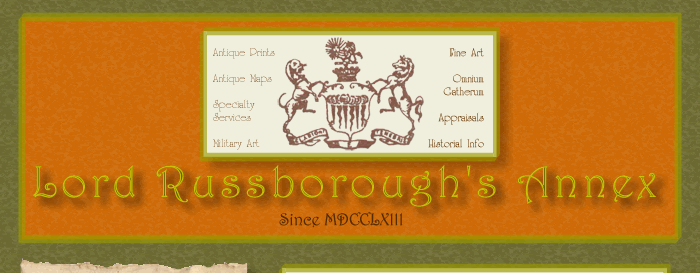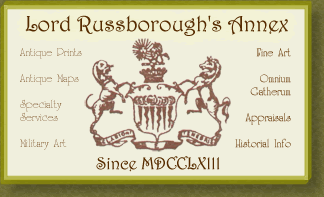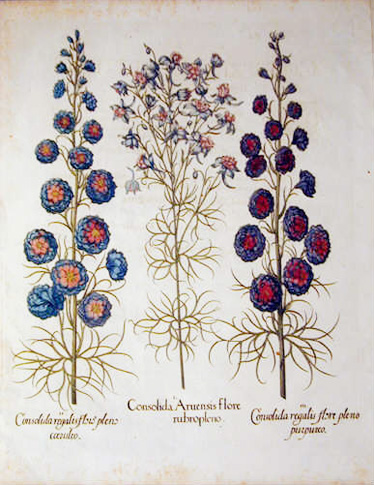


ONE OF 300 KNOWN IMPRESSIONS
Consolida Aruensis Flore Rubropleno
Consolida Regalis Flore Pleno Cæruleo
Consolida Regalis Flore Pleno Purpureo
Click Here for enlarged view of engraving.

BASIL BESSLER
Hortus Eystettensis
1613
Basil Bessler (1561 - 1629) was a pharmacist and botanist whose devotion to botany led him to spend the better part of sixteen years working on the drawings for his massive enterprise, the Hortus Eystettensis, and up to ten engravers produced 300 impressions from the plates in 1613.


|
|||
|
|||



